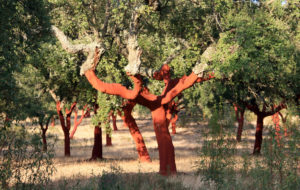So There
In mid to late 2015, I published a series on natural cork. It was easily the most heavily researched series of articles that I’ve done for this blog. I talked about the importance of cork, how vital cork forests are to even our climate – at least as important as the Amazon forests – and how endangered animals make the cork forests their home.

I discussed TCA/TBA and how these two “diseases” are virtually indistinguishable from each other and how they appear in settings other than wine. I spoke about the sometimes reductive quality that other closures, screwcaps in particular, can leave in wine. I thought I was fair; after all, screwcaps, synthetic closures, glass, plastic, etc., would not have been successful if the wine cork manufacturers hadn’t screwed up so badly in the processing of natural corks in the first place.
I knew then that corks were making a comeback. Not only making a comeback, but surging in popularity again, both for the customers (naturally) and the winemakers. The success of items such as Coravin is a testament to the resurgence of cork closures. Screwcaps aren’t self-healing, and you don’t really want to completely open an expensive bottle of screwcapped wine.
I found a few recent videos that extol the virtue of corks, even if those virtues are little more than hearing the celebratory “pop” of a champagne cork. Note that one of the wineries is Ridge. Are you going to argue with their success? I think not!
Enjoy these unabashedly brazen celebrations of natural cork!





